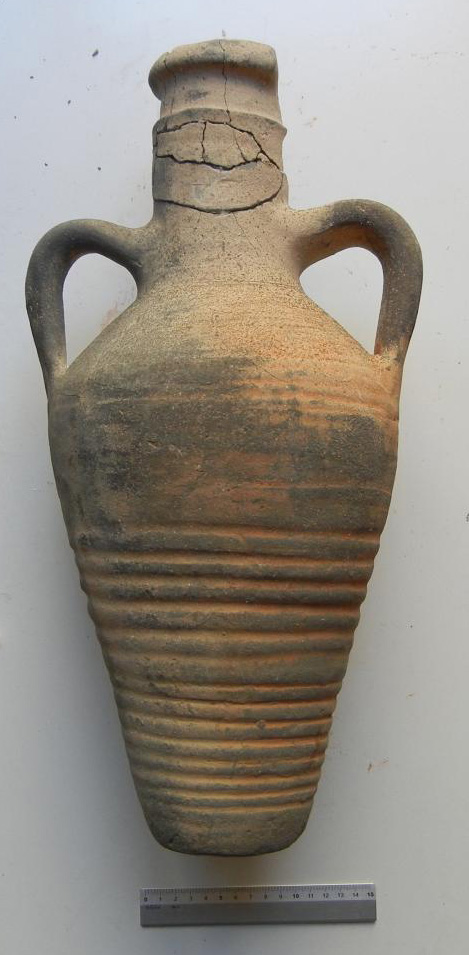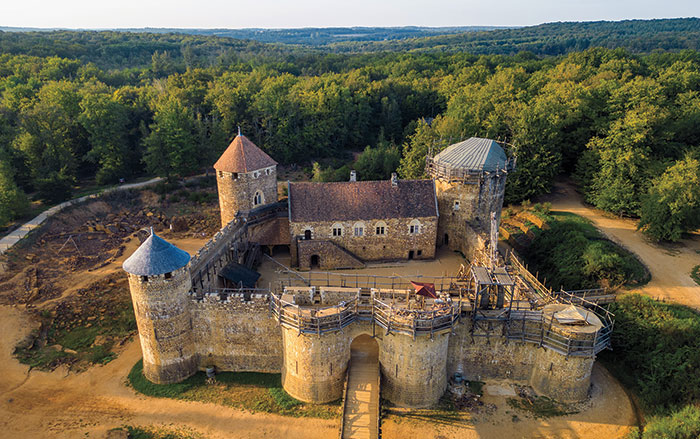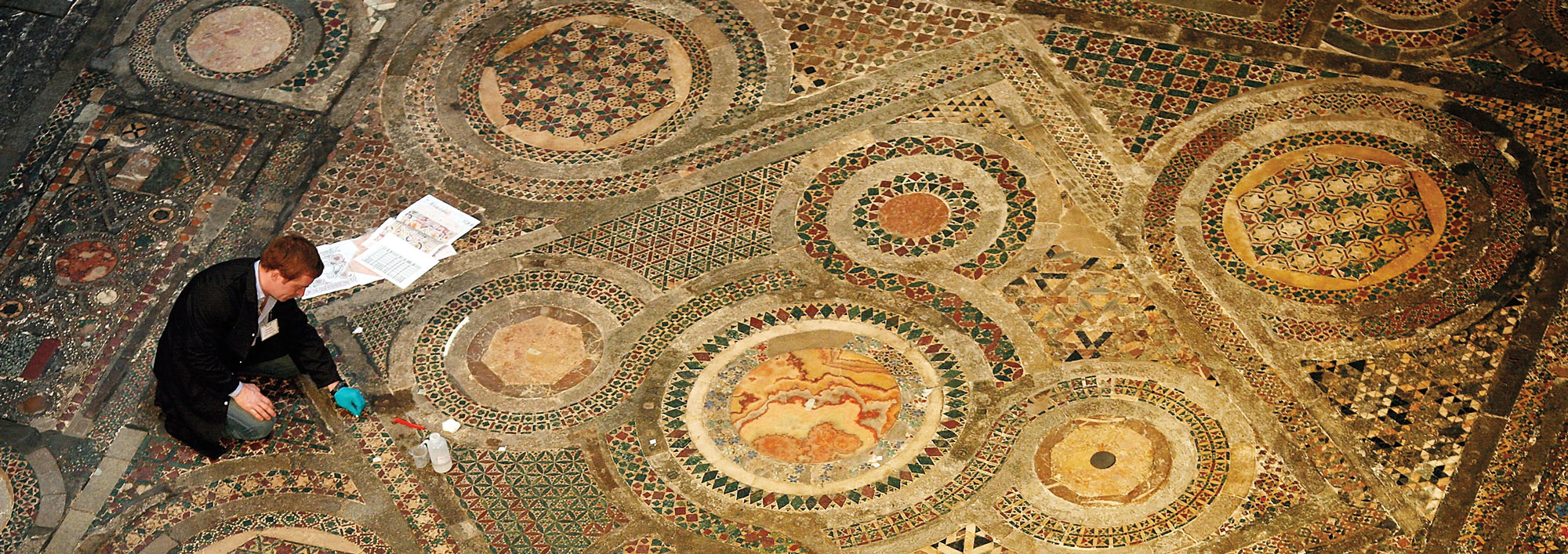
YORK, ENGLAND—Cosmos Magazine reports that grape residue has been detected in medieval containers unearthed in Sicily, which suggests that wine was produced on the island during the Islamic period. Léa Drieu of the University of York said that analysis of residues in the jars detected molecules very similar to those produced by modern winemakers who use ceramic jars to ferment wine. “We had to develop some new chemical analysis techniques in order to determine that it was grape traces we were seeing and not some other type of fruit,” Drieu said. Muslims who occupied Sicily in the ninth century are thought to have produced and exported wine to boost trade, since alcohol consumption does not play a major role in Islamic cultural life, explained archaeologist Martin Carver. The wine industry eventually became a core element of their success, he said. Similar amphoras have been found in Sardinia and Pisa. The new test for grape products in ceramic containers could help researchers investigate wine production throughout the Mediterranean region, added team member Oliver Craig. For more on the history of wine production, go to "Alcohol Through the Ages."










